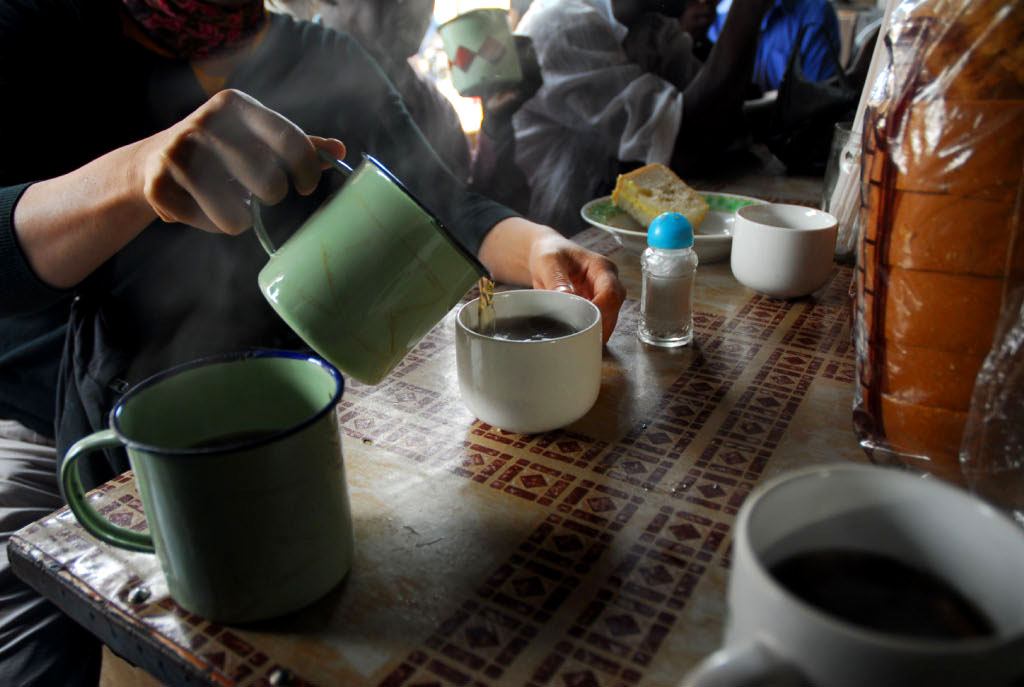What happens when people share an object that is inherently designed for personal use?
A Nokia Research team set out explore this topic during a July 2006 field study in Uganda with a brief to understand how people share mobile phones. The research builds on prior research from India, China, Nepal and Mongolia and Indonesia.
The research team identified 6 shared use practices: an informal service called Sente that essentially enables a mobile phone owner to function as an ATM machine; mediated communication that neatly side-steps issues of technological and textual literacy; the ever popular practice of making missed calls; the pooling of resources to buy the lowest denominations of pre-paid airtime and extend the access days for the phone that is topped up; the use of community address books to reduce errors and (supposedly) encourage phone kiosk customer loyalty; and finally Step Messaging – the delivery of text and spoken messages on foot.
Whilst the baseline benefits of sole ownership and use of a mobile phone are personal, convenient, synchronous and asynchronous communication, the personal and convenient aspects of mobile phone ownership are compromised by sharing. This support the notion that phone sharing (as it is defined at the beginning of the essay) is seen as more of a transition to sole ownership than a naturally stable state.
For many poorer consumers in emerging markets other people’s perception that you are connected is the status symbol, a sign that you have arrived and in some senses are worth connecting to. When most of the members of a person’s peer group , or society are connected the focus of status shifts to the brand and model of device. phone ownership is not the same as use – if there are cheaper ways to communicate these will be used.
We are increasingly coming across what have termed unlikely consumers, where feature rich and once premium devices in the hands of the very poor and the myriad of ways the devices get there we have dubbed sideways adoption. Today the front-line of telecommunications innovation is in connecting the unconnected, and its a matter of time before today’s unlikely consumers become tomorrow’s innovators.
Heading to Sikkim early tomorrow for altitude + fresh mountains air, will return in the new year.
